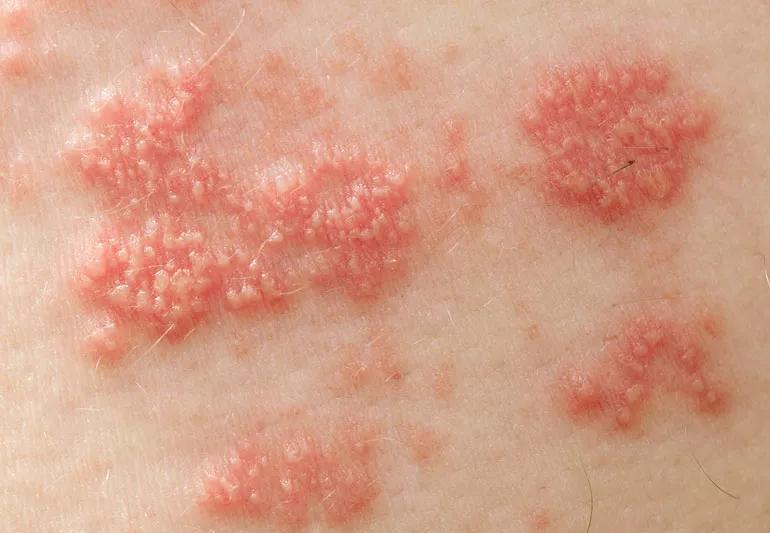Postherpetic neuralgia is challenging, but help is available

Dealing with a case of shingles is painful enough. But once the skin rash resolves, a chronic pain syndrome called postherpetic neuralgia (PHN) can sometimes develop.
Advertisement
Cleveland Clinic is a non-profit academic medical center. Advertising on our site helps support our mission. We do not endorse non-Cleveland Clinic products or services. Policy
Studies suggest that roughly 30% to 60% of people over age 60 who get shingles — caused by the chickenpox virus, herpes zoster — go on to develop PHN.
Many things remain a mystery about this chronic condition, in which the herpes zoster virus affects the nerves and causes pain, usually involving the chest wall. It causes a burning or stabbing sensation in the area where the shingles outbreak first occurred.
“We don’t know why some people get post-herpetic neuralgia and some don’t,” says pain management specialist Ellen Rosenquist, MD. “There’s plenty of speculation. The nerves may become more sensitive, or the virus may be reaching and damaging the central nervous system.”
Fortunately, early treatment for shingles can lower your chances of getting PHN.
“For some people, the pain becomes refractory, or resistant to treatment,” explains Dr. Rosenquist. “So we want to treat shingles as fast as we can — ideally as soon as somebody feels a tingling or burning sensation, even before a rash develops.”
She adds that whenever nerve pain is involved, some people respond to treatment and some don’t. (The virus cannot be removed from the nerves.)
However, medications taken orally or injected that can target the affected nerves may be able to “stun” the nervous system into behaving properly. That means transmitting the appropriate signal to the brain.
“It’s like restarting a computer,” Dr. Rosenquist says. “When it’s running slowly or acting weird, you restart it. We are trying to turn that nerve off. When it comes back on, hopefully, it will send an appropriate transmission as opposed to a pain transmission.”
Advertisement
Treatment options for PHN patients include:
Patients with refractory PHN rarely need opioid (narcotic) pain medication. “However, you should be evaluated by a physician. We can’t make a blanket statement about treatment. It is individualized,” she says.
If you are age 60 or over and have not had shingles, talk to your doctor about getting the shingles vaccine. Not only will it reduce your risk of developing shingles, but if you do develop shingles, you’ll be more likely to have a mild case. And, just as important, you’ll be much less likely to develop PHN if you’ve had the vaccine.
Advertisement
Learn more about our editorial process.
Advertisement

This evidence-based practice is used to help manage pain, relieve menopause symptoms and boost your spirits

The causes of fibromyalgia are complex, but an overactive immune system might be part of it

Exercising and stretching your lower back, hamstrings, hips and quads can greatly improve your physical well-being

These creams that you apply to your skin can actually help reduce localized pain, swelling and inflammation

If you have a weakened immune system, your risk for getting shingles a second or third time increases

Medical massage is tailored to your health needs to help you recover

Many chronic conditions can cause fatigue — but don’t overlook mental health concerns, iron level and hormones

Low-level, dull soreness that goes away with rest or physical activity is normal — but if it lingers or worsens, see a healthcare provider

If you’re feeling short of breath, sleep can be tough — propping yourself up or sleeping on your side may help

If you fear the unknown or find yourself needing reassurance often, you may identify with this attachment style

If you’re looking to boost your gut health, it’s better to get fiber from whole foods